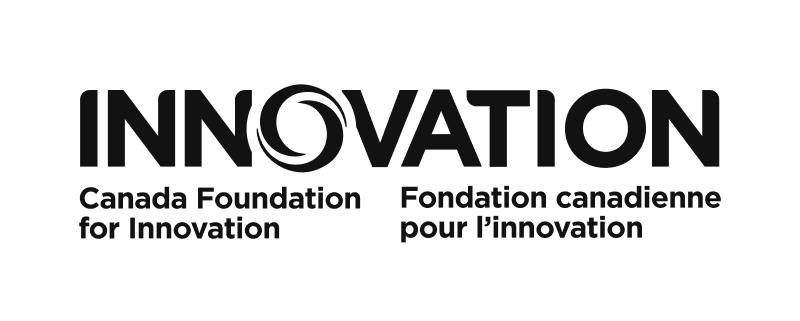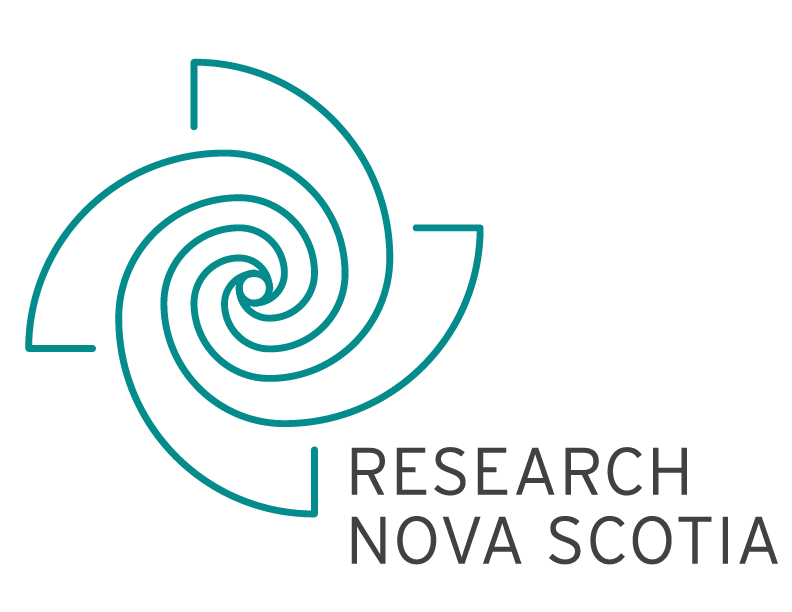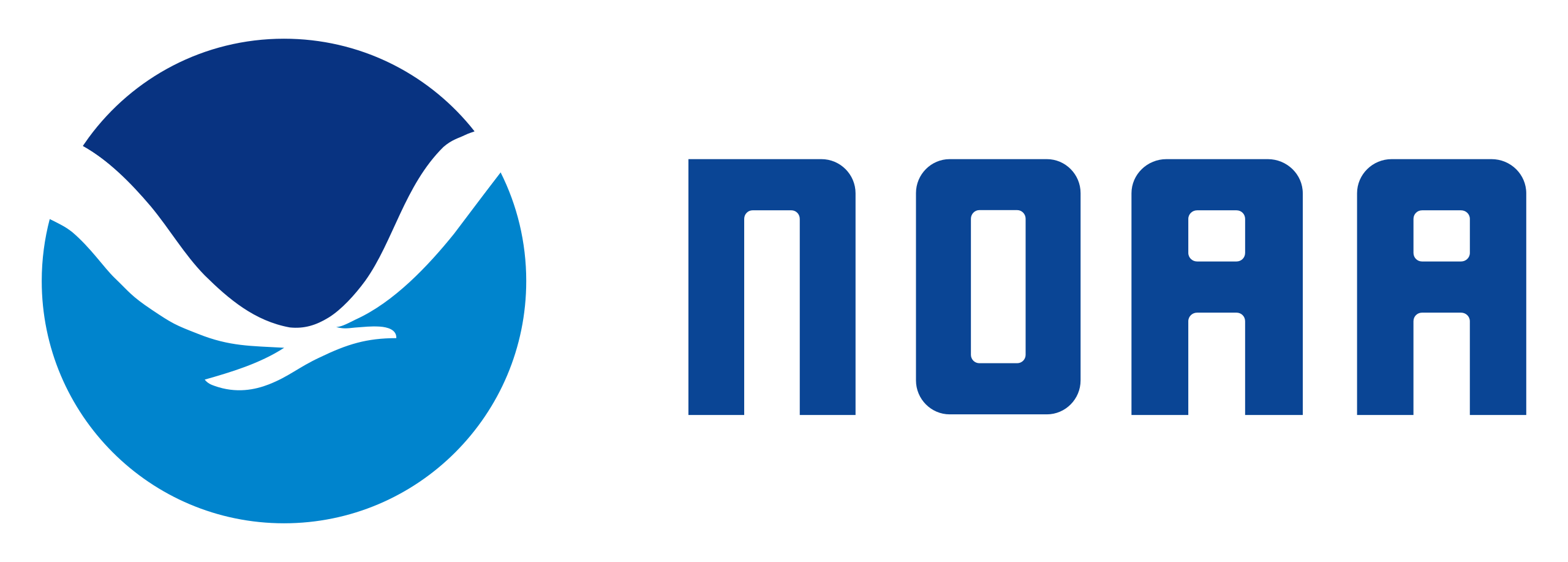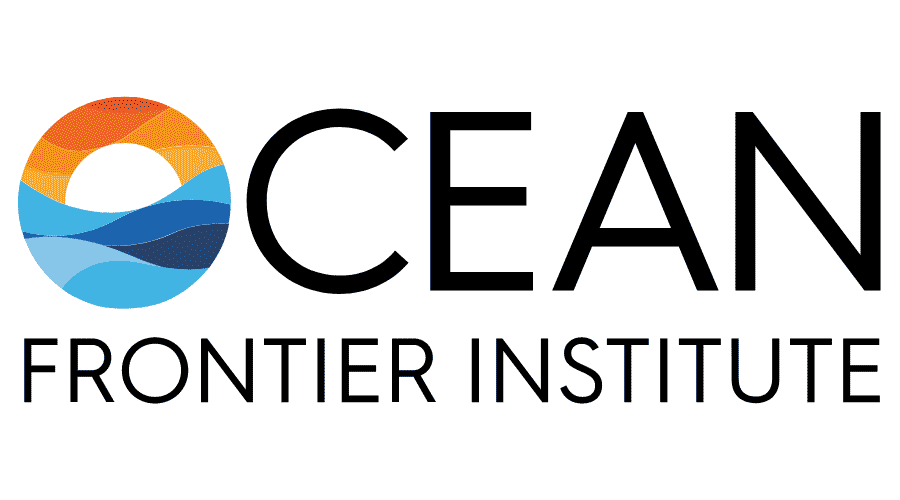Current projects.
Model simulations in support of field studies in Bedford Basin/ Halifax Harbour
As part of a larger effort investigating Ocean Alkalinity Enhancement (OAE) as a strategy for removing atmospheric CO₂ from the atmosphere and storing it safely and permanently in the ocean (see here), we are conducting model simulations in support of field studies in Bedford Basin/ Halifax Harbour.
Model simulations in support of field studies in Bedford Basin/ Halifax Harbour
As part of a larger effort investigating Ocean Alkalinity Enhancement (OAE) as a strategy for removing atmospheric CO₂ from the atmosphere and storing it safely and permanently in the ocean (see here), we are conducting model simulations in support of field studies in Bedford Basin/ Halifax Harbour.
The field studies are a collaboration between Planetary Technologies and Dalhousie University researchers (see here for more details).
The first study is a pulse-like release of a dye tracer (Rhodamine WT) through the cooling water outfall of the Tufts Cove power plant. Rhodamine WT is a harmless, bright pink, fluorescent dye that has been used extensively, for almost 50 years, to study water flow and mixing in rivers, streams, lakes, groundwater, estuaries, and the ocean. With this study, we will test the ability of our model to accurately predict and simulate the movement and dispersion of the plume.
The release is planned for 9:00 on August 8-10, 2023. Shown below (in Animation 1) is a hypothetical simulation of the dye tracer's evolution under similar conditions in July 2014. After the pulse injection, the dye plume is moved in and out of Bedford Basin by tidal currents and disperses within 2 days to undetectably low levels.
The detailed movement of the dye plume is highly dependent on local currents, wind forcing, and other environmental factors, which will be different on August 8-10, 2023. A simulation of the later is coming soon.
This work is supported by Carbon to Sea and NSERC Alliance.


A BGC Argo Program for the northwest North Atlantic Ocean
The Canada Foundation for Innovation (CFI) and Research Nova Scotia (RNS) awarded a team of 10 researchers (led by Katja Fennel) a grant to deploy of a regional Biogeochemical (BGC) Argo float array in the northwest North Atlantic. Argo floats are free-drifting, battery-powered profiling devices, capable of adjusting their buoyancy through an internal bladder with pump. They carry miniaturized sensors and relay their measurements in real time via satellite telemetry.
A BGC Argo Program for the northwest North Atlantic Ocean
The Canada Foundation for Innovation (CFI) and Research Nova Scotia (RNS) awarded a team of 10 researchers (led by Katja Fennel) a grant to deploy of a regional Biogeochemical (BGC) Argo float array in the northwest North Atlantic. Argo floats are free-drifting, battery-powered profiling devices, capable of adjusting their buoyancy through an internal bladder with pump. They carry miniaturized sensors and relay their measurements in real time via satellite telemetry.
A global array of 4,000 Argo floats that measure temperature and salinity in the upper 2,000 m of the ocean has been maintained for the past 2 decades and transformed ocean observation and prediction by making synoptic, continuous, near real-time observations freely available. The international BGC Argo initiative is an extension of the highly successful Argo program and aims to deploy an array of 1,000 profiling floats with BGC sensors measuring six essential ocean variables (oxygen, nitrate, pH, suspended particles, chlorophyll, and light) in addition to temperature and salinity.
BGC Argo will provide an unprecedented biogeochemical data stream in a cost-effective manner and with a spatial coverage that could never be accomplished by ships. This CFI project is Canada’s biggest contribution to BGC Argo and will fund over 40 BGC floats in the northwest North Atlantic.
Consider adopting a float and bring BGC Argo experts to your class room with the Adopt-a-float program.
Learn more:
Canadian BGC Argo initiative
International BGC Argo program
Webinar by Katja Fennel about the program
This work is supported by CFI and Research Nova Scotia.


Seasonal forecasts and hindcasts of hypoxia in the northern Gulf of Mexico
Since 2018, our group is working with the United States National Oceanographic and Atmospheric Administration (NOAA) on forecasts and hindcasts of the seasonally occurring hypoxic zone in the northern Gulf of Mexico. Hypoxia means low-oxygen and is harmful to many marine organisms. Annually, we are provided two deliverables:
Seasonal forecasts and hindcasts of hypoxia in the northern Gulf of Mexico
Since 2018, our group is working with the United States National Oceanographic and Atmospheric Administration (NOAA) on forecasts and hindcasts of the seasonally occurring hypoxic zone in the northern Gulf of Mexico. Hypoxia means low-oxygen and is harmful to many marine organisms. Annually, we are provided two deliverables:
1) a spatially explicit, seasonal forecast of the summer extent of the Gulf of Mexico hypoxic area in early May; and
2) a hindcast simulation of the hypoxic season in fall.
The seasonal forecast is part of NOAA’s annual news release about the Gulf of Mexico hypoxic zone and disseminated widely in the press and broadcasting outlets.
Learn more:
Our 2023 forecast
NOAA's 2023 forecast
New York Times article (Subscription Required)
This work is supported by National Oceanic and Atmospheric Administration.

The Northwest Atlantic Biological Carbon Pump (NWA BCP)
Our group participates in the NWA BCP research project, funded by a grant from the Ocean Frontier Institute (OFI) from January 2020 to March 2026. This project brings together a consortium of oceanographic researchers, ocean engineers, social scientists, and government, industry, and Indigenous partners to develop and share new knowledge among these diverse constituencies about the Biological Carbon Pump (BCP) in the North Atlantic. The project includes four themes:
The Northwest Atlantic Biological Carbon Pump (NWA BCP)
Our group participates in the NWA BCP research project, funded by a grant from the Ocean Frontier Institute (OFI) from January 2020 to March 2026. This project brings together a consortium of oceanographic researchers, ocean engineers, social scientists, and government, industry, and Indigenous partners to develop and share new knowledge among these diverse constituencies about the Biological Carbon Pump (BCP) in the North Atlantic. The project includes four themes:
1) improving Canada’s ocean observational capacity to monitor and quantify changes in productivity and the BCP with climate through improved sensors, enhanced moorings, and autonomous technology;
2) improving our mechanistic understanding of how environmental conditions impact productivity and the BCP through targeted field and lab studies and paleoceanographic analysis that will document and contextualize ongoing and projected climate change;
3) developing high-resolution models that provide regional estimates and past and future projections of the ocean state with a focus on productivity and the BCP and providing estimates of change useful for social science, governance, and policy frameworks; and
4) analyzing and then creating governance, human rights, and law and policy frameworks to facilitate informed decision making at the community, regional, national, and international levels.
Our role in the project is develop a biogeochemical model for the study region, which will be used in this proposed Discovery research program and implement approaches for assimilation of BGC Argo data into biogeochemical models. We also interact with social scientists and Indigenous partners on how to best disseminate the results to policy makers and vulnerable communities.
Learn more:
NWA BCP project website
This work is supported by Ocean Frontier Institute.

